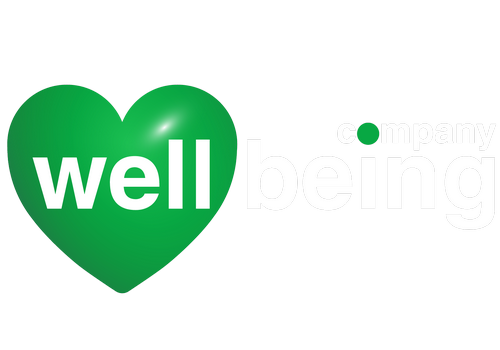On 21 August 2024, the Ukrainian parliament passed amendments to the legislation governing the National Essential Medicines List (NEML), which fills significant gaps in its regulation and clarifies the role and impact of the NEML on market access, pricing, reimbursement, and the public procurement of medicines in Ukraine.
In addition, these amendments provide clearer criteria for listing medicines and introduce important new processes, such as an appeal pathway that will improve transparency and decision-making related to the NEML.
Key Amendments to the Legislation
The following is a summary of the key changes to the legislation:
1. National Essential Medicines List (NEML) overview
The NEML lists essential medicines for specific therapies and therapeutic groups. If a medicine is listed in the NEML for particular therapies but not for its other registered indications, the product may generally only be procured or reimbursed for the therapies for which it is listed.
Medicines on the NEML are based on international non-proprietary names (INNs) or, in some cases, trade names registered in Ukraine. While the legislation outlines expectations for physical and economic accessibility and guaranteed quality, the list may still include more expensive products, and shortages do not necessarily lead to delisting.
2. Stricter criteria for inclusion:
Medicines are included or excluded from the NEML based on criteria such as clinical efficacy, safety, cost-effectiveness (per the incremental cost-effectiveness ratio or ICER), and budget impact. While the list is generally based on the World Health Organisation’s (WHO) Model List of Essential Medicines, it is one of many criteria. Other considerations include epidemiological factors and the Ministry of Health’s priority health care development areas.
3. State Regulation of Prices
Prices for medicines on the NEML are regulated by wholesale and retail mark-ups. Additional pricing tools include:
- External (international) and internal reference pricing, which compares prices within Ukraine and internationally.
- Declaration of prices by marketing authorisation holders (MAHs) for medicines that are not regulated by reference pricing.
Importantly, these regulations affect not only medicines covered by public reimbursement and procurement systems but also those sold in the retail market where consumers pay out-of-pocket. In recent years, concerns have been raised by the competition authority and some lawmakers that the existing stringent pricing and mark-up regulations have contributed to non-transparent market practices. These include rebates, bonuses, and marketing arrangements between pharmaceutical companies, distributors, and pharmacy chains. Such practices have been criticised for reducing open competition and increasing reliance on marketing payments as companies navigate the strict pricing restrictions.
4. Reimbursement framework
Under the new law, inclusion in the NEML is a precondition for reimbursement through state health care programmes, including under the governmental outpatient reimbursement programme. A new feature of the law, however, introduces the possibility for exceptions to the rule that non-NEML medicines cannot be reimbursed with state funds. These exceptions, which may be made if provided by law or through regulations from the Cabinet of Ministers, potentially open the way for the outpatient reimbursement of medicines not listed in the NEML, adding a new layer of flexibility to the framework.
5. Public procurement
Public procurement rules differ within the following purchasers:
- Public healthcare institutions (funded by state or local budgets), which must prioritise NEML medicines and may only procure non-NEML medicines if the demand for NEML medicines is fully covered and if their needs are unmet, provided the non-NEML medicines align with medical standards or clinical guidelines set by the Ministry of Health. This exception is not introduced by the new legislation but is governed by Cabinet of Ministers Resolution No.333 (2009).
- Regional and local governments must follow the NEML when procuring or reimbursing medicines as part of regional healthcare programmes. According to Cabinet of Ministers Resolution #333 (2009), however, they may procure and reimburse non-NEML medicines if these medicines have undergone health technology assessments (HTA) and received positive HTA reports. This marks the first time that the legislation explicitly refers to outpatient reimbursement in the context of regional and local governments and their healthcare programmes.
6. Appeal procedure
For the first time, the legislation provides a clear pathway for pharmaceutical companies, patient groups, health care associations, and other stakeholders to appeal decisions on the inclusion or exclusion of medicines from the NEML. This new appeal process, governed by the Law of Ukraine "On Administrative Procedure," which became available in 2024, is a positive development expected to lead to clearer and more transparent decision-making. Additionally, these decisions may also be challenged in court.
Impact on life sciences companies
The amendments do not introduce the NEML but rather fill gaps in its regulation, clarifying its role and impact on market access and the public funding of medicines. Life sciences companies will benefit from the clearer criteria for medicine inclusion and, importantly, the pathway to appeal non-listing or delisting decisions.
Additionally, the amendments are expected to improve the public decision-making process on funding medicines that have undergone HTAs and received positive HTA recommendations. In the past, the pharmaceutical industry has criticised the Ministry of Health for the lack of a clear link between HTA recommendations and NEML listing, and for the lack of transparency in decision-making following a HTA. The introduction of a clear appeal process and criteria for NEML listing should enhance transparency and improve the overall market environment.
Implementation timeline
The law will come into effect the day after its official publication, with enforceability starting three months after the effective date. At present, the law awaits the President's signature and formal publication, which is expected within the coming weeks. Full enactment of the law is anticipated by the end of 2024.




